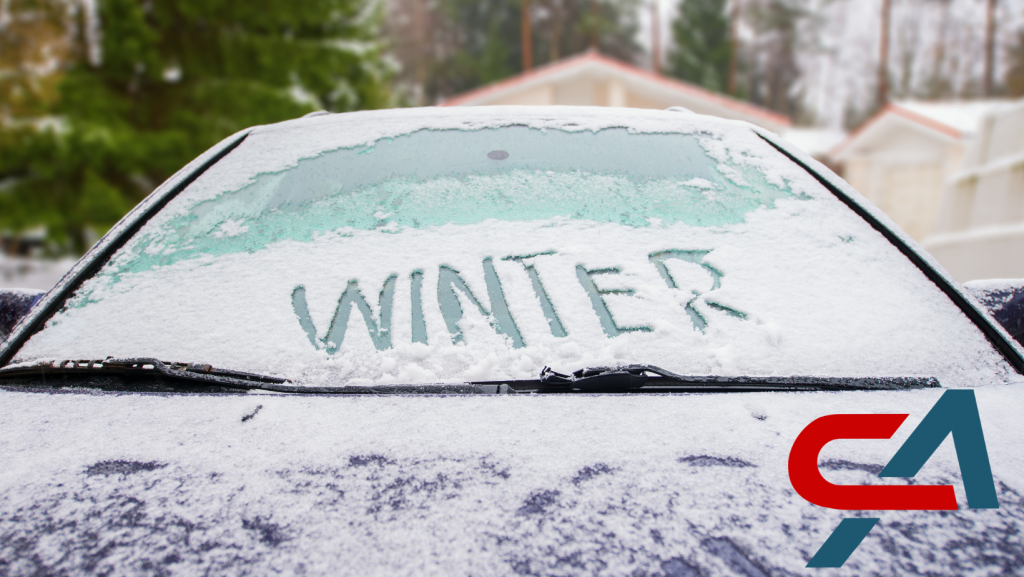Winter Ready:
A Practical Guide to Preparing Your Vehicle for the Cold Months in Edmonton
Winter driving in Alberta can be challenging, and with the right precautions, you can confidently navigate the frigid months and icy roads. |
Taking the time to winterize your car not only enhances your safety on the road but also contributes to the longevity and optimal performance of your vehicle; we’ll walk you through essential steps to get your vehicle ready for winter.
Check Your Battery:
Cold temperatures can significantly affect your car battery’s performance. Before winter sets in, have your battery tested to ensure it’s in good condition. If the battery is weak or nearing the end of its life, consider replacing it. Clean the battery terminals and make sure they are securely connected.
Inspect Your Tires:
Your tires play a crucial role in providing traction on slippery winter roads. Check the tire pressure regularly, as it tends to drop in colder temperatures. Ensure that the tread depth is sufficient, and replace tires if they are worn out. Consider switching to winter tires for improved grip and handling in snowy and icy conditions; ever go out in the winter with your dress shoes on, or the ones where the rubber sole freezes when they get cold and all of the sudden you are trying not to fall; same goes for your tires. Some all-season tires will freeze below zero.
Top Off Fluids:
Cold weather can cause fluids to stiffen up, (like I do when I go out in the cold), making it essential to check and top off fluids regularly. Pay attention to the levels of engine oil, coolant, brake fluid, and windshield washer fluid.
Cabin Air Filter:
Much like the filter on your furnace, most of today’s vehicles have cabin air filters installed; poor air flow due to plugged filters causes poor heater performance.
Replace Worn Wiper Blades:
Visibility is reduced during winter driving. Inspect your wiper blades for signs of wear and replace them if necessary. Consider using winter blades that are designed to handle snow and ice effectively.
Test Your Heater and Defroster:
Ensure that your heater and defroster are in good working condition. A functioning heater keeps you warm during cold drives, while a working defroster helps maintain clear visibility by preventing ice buildup on the windshield.
Your Brakes:
Winter driving often requires sudden stops and precise braking. Have your brakes inspected to ensure they are in optimal condition. Replace worn brake pads and have the brake system checked for any issues.
Pack an Emergency Kit:
Prepare for unexpected situations by assembling a winter emergency kit. Include items such as a blanket, a candle and an empty can, extra warm clothing, a flashlight, a shovel, ice scraper, jumper cables, and non-perishable snacks. Having these essentials on hand can be a lifesaver in case of an emergency.
Check Your Lights:
Ensure that all exterior lights, including headlights, taillights, and turn signals, are working properly. Clean the lights to remove any dirt or grime that may hinder visibility.
Safety and reliability
Taking the time to prepare your vehicle for winter can make a significant difference in your safety and overall driving experience. By following these steps and staying proactive in your vehicle maintenance, you’ll be better equipped to navigate winter roads with confidence. Remember, a well-maintained vehicle not only protects you but also extends the life of your car. Stay safe and enjoy the winter season on the road!
FYI: Winter tires are required for travel through the mountains from October 31 through April 30. Keep this in mind if you are planning a trip into BC this winter.
Here is a video showing the proper way to boost your battery:

